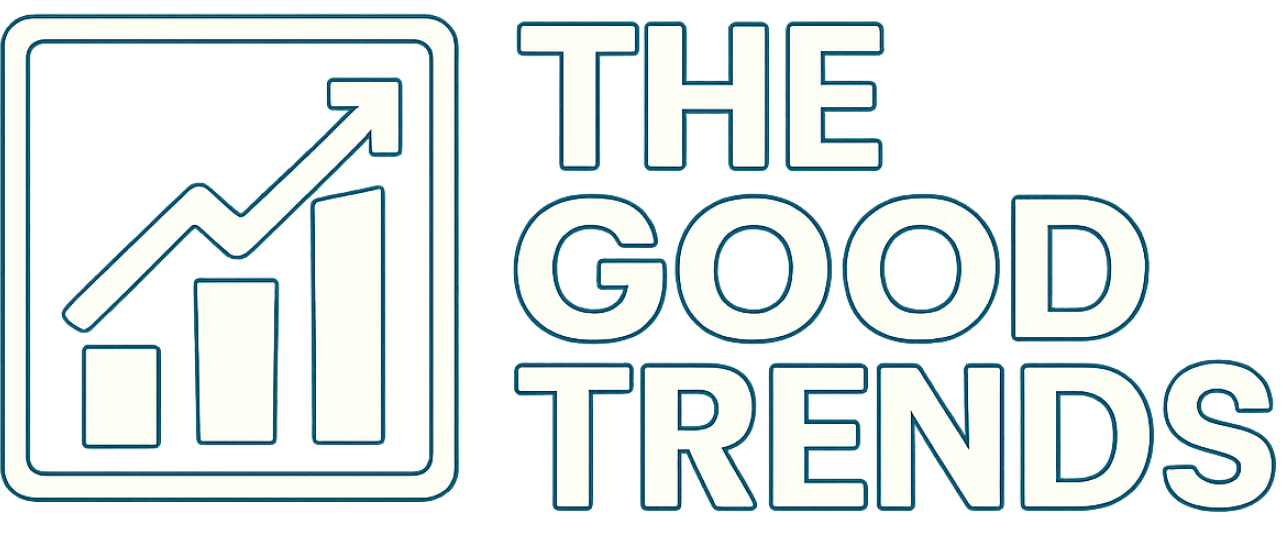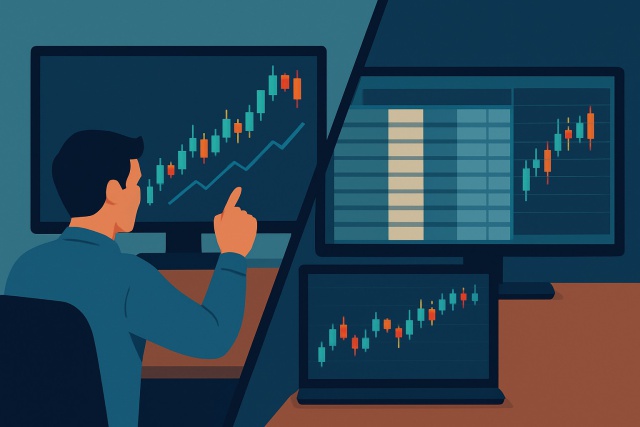
Day Trading vs Options - Key Differences
Explore the detailed contrasts between day trading and options trading, highlighting how each strate...
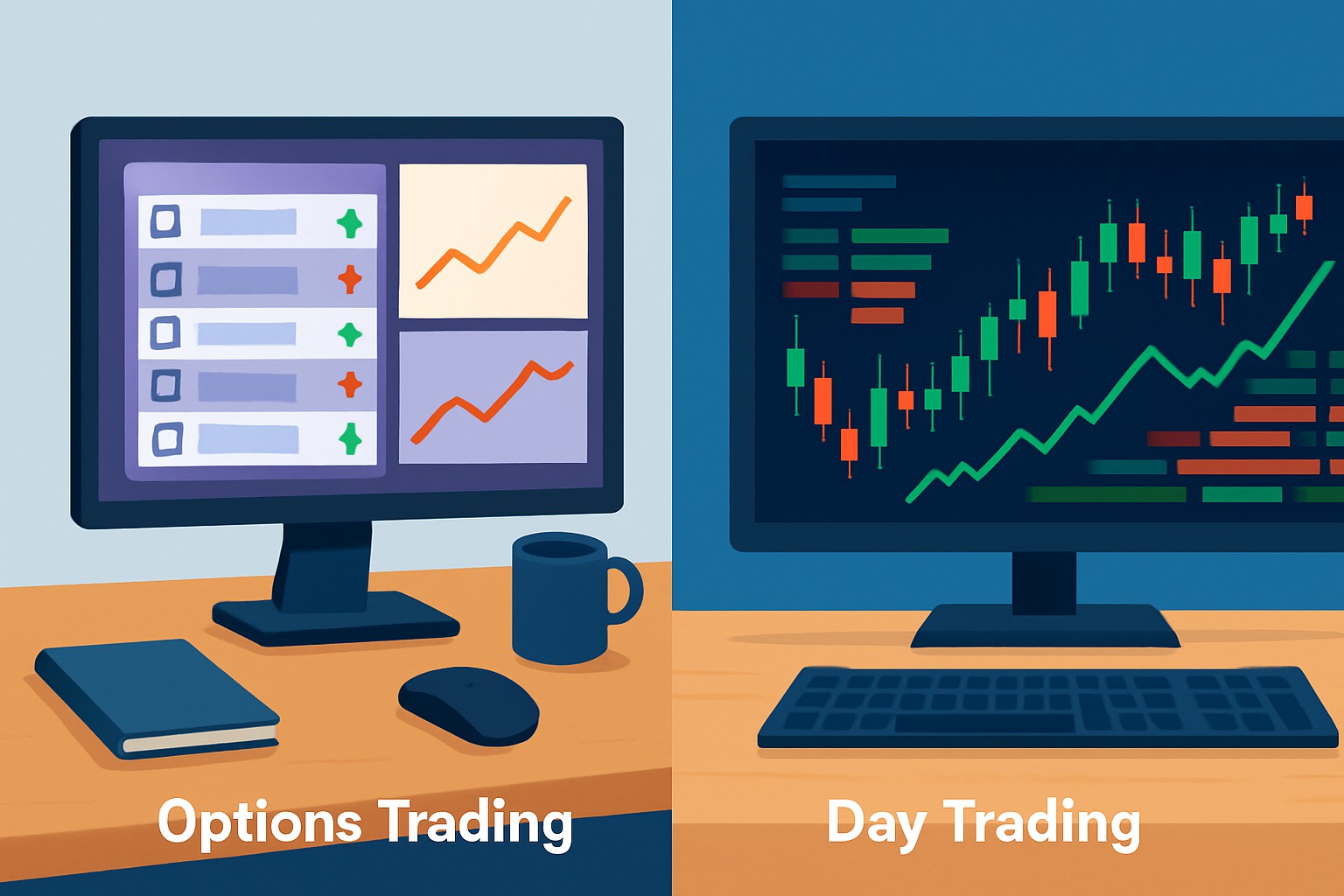
Choosing between options trading and day trading is a pivotal decision for traders trying to juggle risk and leverage and potential returns.
Options trading involves buying and selling contracts that give you the right but not the obligation to buy or sell an underlying asset at a set price before a certain date. Day trading is all about snapping up and unloading financial instruments within the same trading day to catch short-term price swings and turn a profit.
Options trading usually comes with an asymmetric risk and reward setup, allowing traders to limit their losses to just the premium paid while chasing potentially big gains through leverage. Day trading throws traders into the thick of high market volatility, where quick profits can be tempting but sudden losses are always lurking around the corner.
| Aspect | Options Trading | Day Trading |
|---|---|---|
| Risk Exposure | Generally capped at the premium paid when buying options; however, writing options can turn risky fast | Pretty high risk on every trade, depending a lot on your position size and where you cleverly set those stop-losses |
| Reward Potential | Can be quite juicy, especially when you throw leverage into more intricate strategies | Varies from moderate to high, largely driven by market moves and how active you get with your trades |
| Leverage | Comes built-in thanks to the way contracts are structured | Usually margin-related leverage, with the broker calling the shots on limits |
| Margin Requirements | All over the map: often lower for buyers, but can get tricky and steep for writers | Typically requires you to keep a minimum equity balance and play by pattern day trader rules |
| Maximum Loss | Limited to the premium for buyers but can balloon to hefty or even unlimited sums for writers | Kept in check by position size and hopefully nimble use of stop-loss orders |
| Profit Time Horizon | Usually short- to medium-term—you’re looking at days or maybe weeks on this one | Strictly intraday, since you’ve got to close positions before the market calls it a day |
| Volatility Dependence | Pretty high, because volatility really moves option prices around | Also high, relying heavily on those quick intraday volatility swings to squeeze out profits |
Options traders really have their work cut out for them because they need to wrap their heads around tricky concepts like the Greeks and volatility and time decay.
Options traders usually hold onto their positions for several days or weeks. This gives them plenty of time to dig into market research and pick their trades carefully. Day traders, by contrast, are a whole different breed. They jump in and out multiple times a day and have to be glued to their screens ready to pounce on market moves the moment they happen.
You can jump into options trading with relatively less capital since buying calls or puts only requires paying the premium upfront—no big upfront commitment. On the flip side, writing options often means you will need a heftier margin so be prepared for that. When it comes to day trading the stakes are higher especially in the U.S. where the Pattern Day Trader rule demands you have at least $25,000 in equity.
This comparison shines a light on each platform’s strengths in charting, automation, customization, and community features—aiming to help traders and investors figure out which one vibes best with their personal style.
| Criteria |  |  |
|---|---|---|
| Pricing | Pro $14.95, Pro+ $29.95, Premium $59.95 per month — options to suit casual users and power traders alike. | Basic $39.99, Pro $59.99, Premium $99.99 per month — a steeper climb, but packed with automation power. |
| Key Features | Advanced charting, an extensive library of indicators, social networking, and seamless access across multiple devices. | Automated technical analysis, AI-driven pattern recognition, and a treasure trove of customizable indicators. |
| Technical Analysis Tools | A broad spectrum of chart types with handy drawing tools and a deep well of technical indicators. | Hands-off trend detection, multi-timeframe analysis, plus classic tools like Fibonacci retracements to sharpen your edge. |
| Customization | You’ll find some limits when it comes to creating custom indicators, but the preset tools and layouts are solid and versatile. | Impressively flexible when it comes to customizing indicators and alerts, tailored to fit your unique strategy. |
| User Interface & Accessibility | A intuitive interface that feels right at home on desktop, tablet, or mobile—no steep learning curve here. | A sleek, modern interface mostly designed with the desktop trader in mind — mobile experience is a bit light in the skirt. |
| Community & Collaboration | A buzzing global community where you can swap trading ideas and strategies like a pro. | Limited social features here since the platform’s focus is squarely on ramping up individual trading efficiency. |
| Integration Options | Plays well with major brokerages for live data feeds and smooth trade execution. | No direct brokerage hookups noted; this one is all about deep analysis rather than order execution. |
| Pros & Cons | Strong points include top-notch charting, community features, and device flexibility; the downsides? A bit of a learning curve and some goodies locked behind the premium tier. | Standout strengths include powerful automated analysis, extensive customization, and clever pattern recognition; downsides are the higher price point and a steeper learning curve that might make some users pause. |
| Go to TradingView Website | Go to TrendSpider Website |


Platforms like TradingView have built a solid reputation for providing detailed charting and social sharing tools, which really click with options traders who prefer to take a longer-term view on technical signals. Meanwhile, TrendSpider shines with its automated pattern recognition and real-time alerts.
When it comes to tools and technology, there’s no denying they’ve become the backbone of how we get things done these days. From the sleek gadgets that slip into our pockets to the mighty software that hums quietly behind the scenes, each plays its part in making life not just easier, but sometimes downright fun. Sure, gadgets can be a little finicky now and then, but hey, isn’t that part of the charm? Whether you’re a seasoned pro or just dipping your toes into the digital pool, having the right toolkit can turn a daunting challenge into a manageable puzzle. So, let’s dive in and explore the essentials that really move the needle.
Modern trading relies on sophisticated platforms that deliver real-time data and customizable charts plus handy automation features. Both options and day traders benefit from these tools. Day traders tend to make important speed and sharp alert systems. Options traders focus more on multi-factor analysis and scenario modeling.
Options trading shines brightest in volatile or directional markets where savvy traders can make the most of leverage, volatility skew and time decay to boost their returns. It’s a solid choice for investors who don’t mind doing homework and holding positions longer to gain from nuanced strategies. Day trading thrives when markets have high liquidity and rapid price changes. It’s perfect for traders who can stay focused and tolerate risk to capitalize on intraday momentum and technical signals.
Day trading often piles on psychological stress because you’re constantly on the clock and making split-second calls while feeling pressure to jump on market moves without missing a beat. Options trading usually gives you more breathing room to think things through though you have to understand complex ideas and watch tricky factors like time decay and market swings.
Options trading tends to offer greater flexibility because traders can hold positions overnight or longer which means they don’t have to be glued to the markets every minute. This makes it easier to juggle trading alongside other work and personal commitments—something I’ve found handy myself. On the flip side, day trading usually means staring at the screen non-stop during market hours. This can be mentally exhausting and leaves little room for anything else. Day trading often draws in people who crave a more hands-on experience and quicker capital turnover.
Day trading comes with its own regulatory hoops, like the notorious Pattern Day Trader rule in the U.S. It usually requires keeping at least $25,000 in your account and sticking to stricter margin rules. Options trading isn’t any simpler. It is regulated in various ways depending on the positions you hold and often brings tricky tax considerations such as the wash sale rule and quirks of Section 1256 contracts taxation.
Here's a handy little roundup to keep everything straight and clear.
| Feature | Options Trading | Day Trading |
|---|---|---|
| Risk | Buyers face limited risk, while sellers might find themselves exposed far beyond expectations | Risk runs high on each trade, demanding strict controls to keep things from spinning out |
| Capital | Buyers usually need a smaller upfront premium, while sellers pony up more | Typically calls for a hefty minimum balance, often around $25k in the U.S., no slouch |
| Time Commitment | Moderate, since positions can hang around from days to weeks, letting you breathe a bit | Calls for razor-sharp focus with multiple trades fired off every single day |
| Skills | Requires wrapping your head around complex Greeks, volatility, and a dash of technical analysis | Relies on lightning-fast decisions, sharp pattern recognition, and a strong grip on your emotions |
| Tools | Leverages advanced charting and multi-factor models to stay ahead | Depends on real-time data, fast automated alerts, and blink-of-an-eye execution |
| Lifestyle | Offers flexibility that you can juggle alongside other responsibilities, no sweat | Involves long hours glued to screens and staying actively engaged, no time to wander off |
| Tax & Regulation | Comes with its own tangle of complicated option-specific tax rules to navigate | Subject to pattern day trader regulations plus frequent transaction taxes, so watch your step |
| Profit Potential | Can punch above its weight by leveraging directional moves or volatility for juicy returns | Offers potentially moderate to high profits from rapid scalping trades, if you’ve got the stomach for it |
Deciding between options trading and day trading really boils down to what you are aiming for, how much risk you’re willing to stomach and how much time you can realistically dedicate. Options trading often draws in those who like strategy and enjoy some flexibility while setting clear boundaries on risk and riding market waves for days or weeks. On the flip side, day trading suits individuals who thrive under pressure and have quick reflexes for split-second decisions. They can commit themselves fully to the market grind every single day. Both routes promise solid returns but demand very different skill sets and a fair share of mental endurance.

Are you tired of juggling multiple tools for your trading needs? TradingView is the all-in-one platform that streamlines your analysis and decision-making.
With its powerful charting capabilities, real-time data, and vibrant community, TradingView empowers traders like you to stay ahead of the market. Join thousands who trust TradingView for their trading success.

As a dedicated trader, you know the power of technical analysis in navigating the financial markets. TrendSpider is the cutting-edge tool you need to take your trading strategies to new heights. With its advanced charting capabilities and automated pattern recognition, TrendSpider empowers you to make informed decisions faster.
11 posts written
With over a decade of experience navigating the intricate world of trading, Quentin Merriweather's expertise lies in developing innovative strategies that harness the power of cutting-edge technologies.
Read Articles
Explore the detailed contrasts between day trading and options trading, highlighting how each strate...
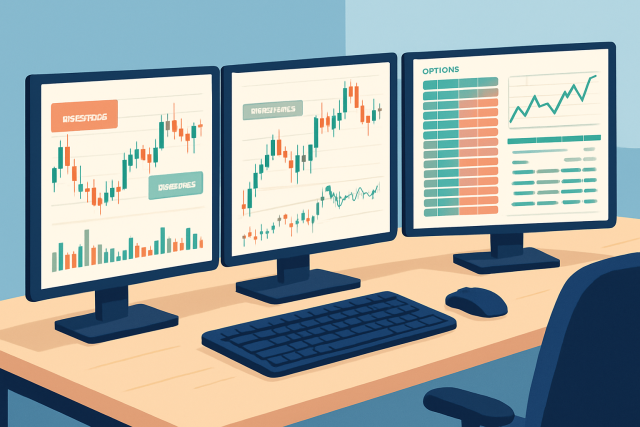
Discover practical strategies for using supply and demand zones in options trading. This guide break...
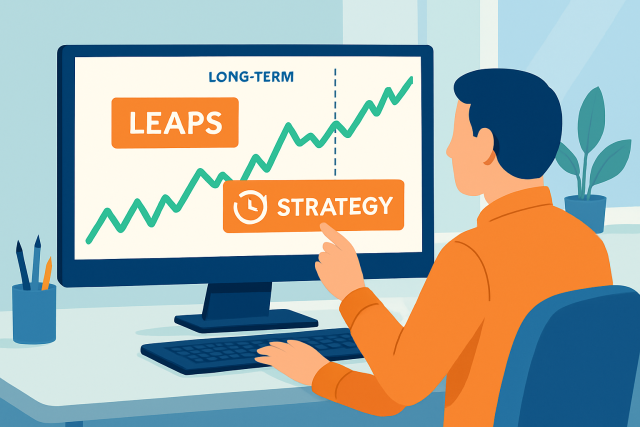
LEAPS options provide a longer-term, less stressful way to trade options compared to regular short-t...
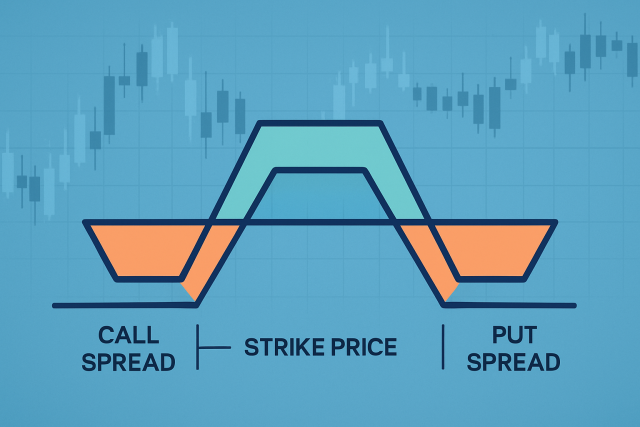
Discover the iron condor option trading strategy—a flexible approach for steady income and controlle...
